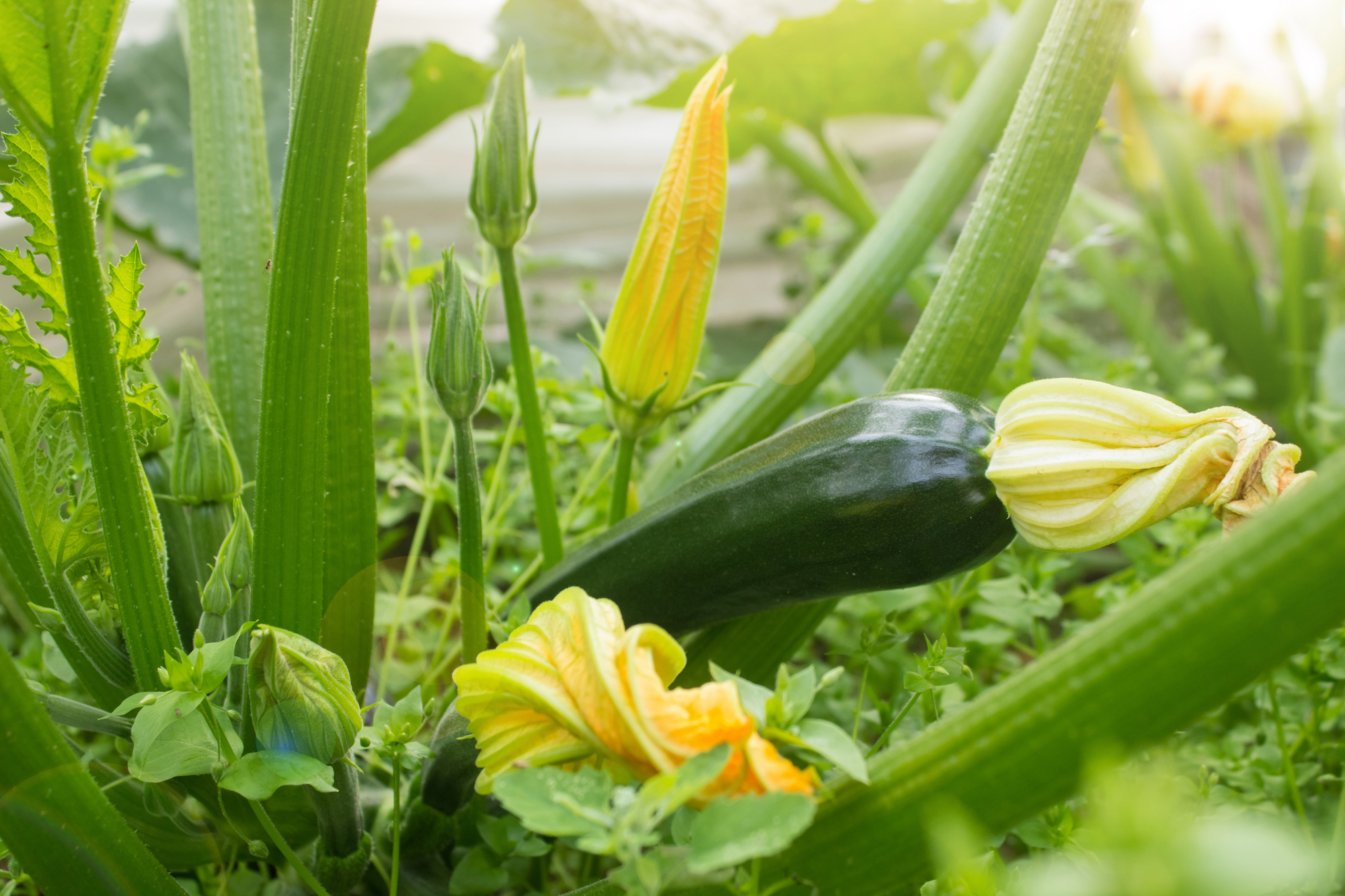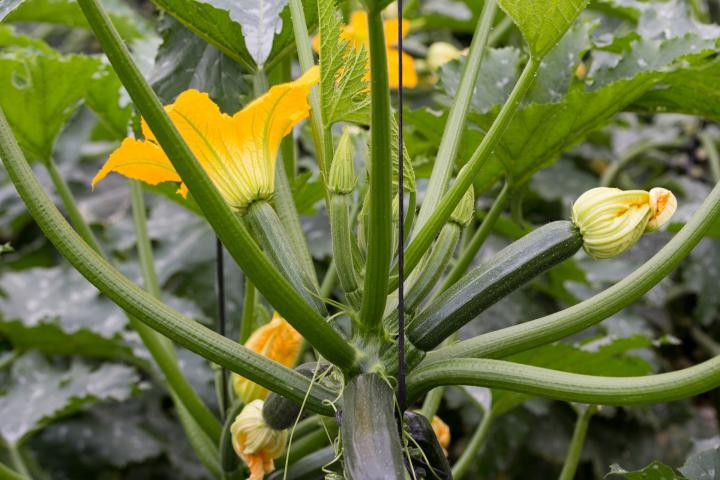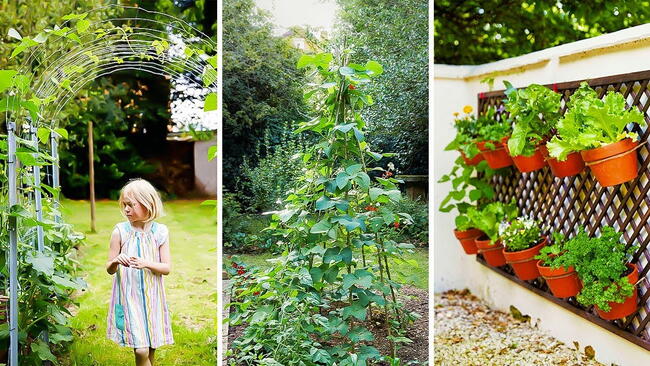
Sign up for our daily newsletter to get gardening tips and advice.
Planting, Growing, and Harvesting Zucchini & Summer Squash
- Zucchini can be overwhelming once it starts producing. While zucchini bread is great, there are many other ways to enjoy this summer squash! See our Best Zucchini Recipes.
- Squash flowers are edible and make a tasty treat when fried in a light batter.
ADVERTISEMENT
Very good information but I didn't see any companion planting in the article. Thank you.
I asking to help my friend and learn myself, too. My friend's yellow squash is producing nothing but male flowers, and has been doing so for weeks, ever since it got big enough to flower. Does this mean the plant is getting the wrong food (or no feeding)? Too high in nitrogen, so getting lots of big leaves? What can give the plant a boost to start making female flowers and therefore fruit? Earliest possible answer is appreciated, so we still have some summer left. This is Bonney Lake, Washington. Thank you!
Dear Donna,
From what you describe, two things come to mind. If you had a hot spell in Bonney Lake earlier in the summer, that can discourage female flower growth. Poor pollination by bees is also a common issue. Squash flowers will not bear fruit or bear only small fruit if not pollinated. To fruit, pollen from the male flowers must be transferred to the female flowers by bees—or by the gardener. Pollinate the female flowers manually with a cotton swab or add plants that attract bees near the squash. See our article on how to hand pollinate your squash blossoms for better yields.
—The Editors
I don't know why people say plant zucchini and other squash with large leaves in "full sun," unless they live on some chilly wasteland. Where I live full sun means a generally low humidity 90-110 F high temps and any broad leaved plant like zuccini or other squashes (or even spinach or beets or bok choi) will wilt and die in that condition no matter how much you water it. In general DO NOT plant broad leafed veggies in full sun. They are forest floor plants, they have broad big green leaves to make use of limited sun light. If you've ever toured where professional produce growers grow broad leaved veggies, they tend to have partial shade covers over their grow plots. Best place to grow Zuccini is where it gets morning sun then shade by noon.
Zuchinno rampicante is a very long light green squash with a sweet flavor. A great climber. Zapallito de tronco is a south american green summer squash with pale yellow flesh. very easy to grow. 4 to 6 inch wide flattened globes.
I have planted several bush-type zucchinis in balcony containers. They are producing lots of fruit, but the fruit are small and shrivelled at the blossom ends. I plan to add more soil including manure and peat moss, and move them to a brighter part of the balcony, hoping that more nutrition and sun will help. Perhaps uneven watering has been a problem. Any suggestions?
Hi Lois. Thanks for writing in!
There are a number of factors that can be affecting your plants’ growth. Growing zucchinis in containers can be tricky because they are more dependent on you for nutrients, especially calcium, which is needed for fruit production.
Small fruit can also be a sign of poor pollination, drought stress, or lack of sunlight. It is important to have pollinator attracting plants near your zucchinis for best pollination. Zucchinis need at least an inch of water each week and it is even more important to be mindful of watering practices when growing in containers. Zucchinis also need 6 to 8 hours of direct sunlight each day. You can also certainly add some organic matter to the existing soil.
Blossom end rot is also a possibility, but in those cases the fruit typically shrivels and rots in a short amount of time. Hope this helps!
I needed to plant my zucchini in a planter. Any suggestions for a good outcome?
Zucchini isn’t normally planted in a container but you can do it if you buy the right seeds. Look for ‘compact’ or ‘container’ types. Plant 2 seeds in 14-inch pots or planters. Once they germinate, you’ll remove the weaker one. You’ll certainly need to look into watering and fertilizer if growing in a container since the plant will rely on you versus mother nature for food.
Yellow Summer Squash lightly steamed is par excellence with butter/lemon juice~











